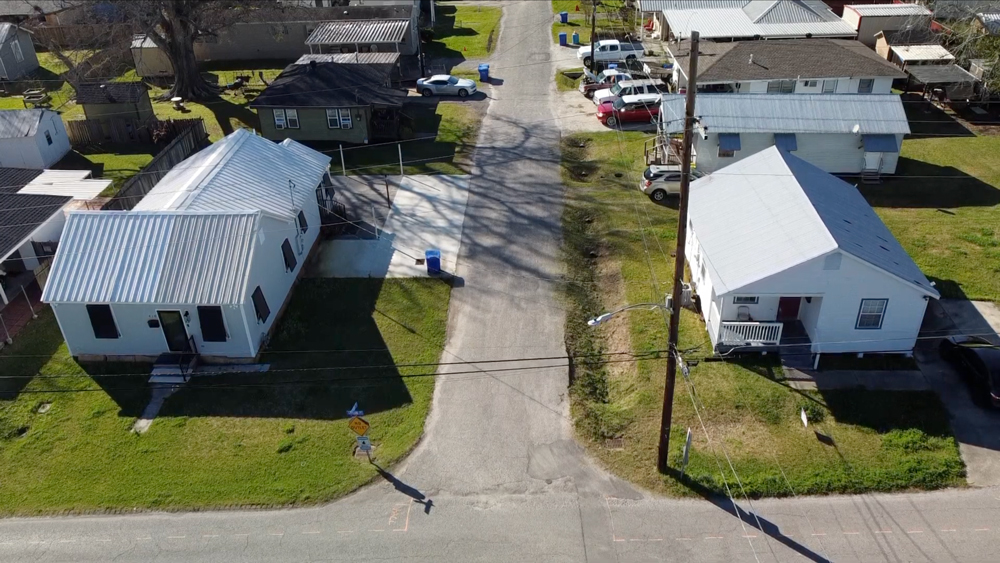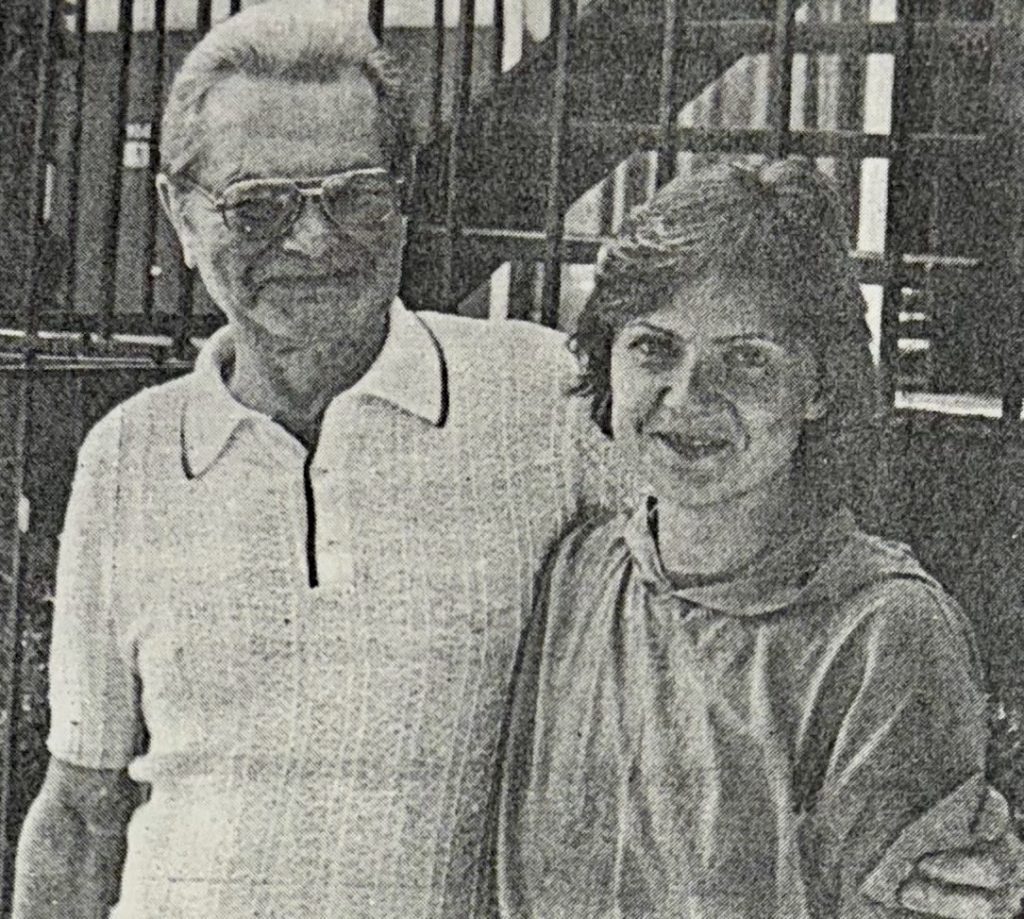Thibodaux Camp: What’s Left

Jacob Levron staff
Terrorism & Meeting a Former POW

Jacob Levron staff Thibodaux native Steve Willett was on a European vacation with his family in 1985 when their plane was hijacked. Willett’s hostage story takes him to a hospital in Germany where he met a former German POW who had been at the Thibodaux POW camp. Steve Willett’s Journal The hostage story Click to see full image and read page
Camp Ghost Stories

jalaysia sanders podcast editor April Cortez April Cortez as a child April Cortez
POWs in the Media

German POWs during World War II had a lasting impact on Louisiana and the United States. These stories live on through books, films and plays. Books about Louisiana Fish Out of Water A book about Nazi submariners as prisoners in North Louisiana during World War II. WWII in the Gulf of Mexico C.J. Christ’s research into the German U-boat menace in the Gulf of Mexico during World War II. German POWS in Books The Barbed-Wire College: Reeducating German POWs in the United States During World War II Ron Robin The Faustball Tunnel: German POWs in America and Their Great Escape John Hammond Moore The Fifteen: Murder, Retribution, and the Forgotten Story of Nazi POWs in America William Geroux German POWs, Der Ruf, and the Genesis of Group 47: The Political Journey of Alfred Andersch and Hans Werner Richter Aaron D. Horton Guests Behind the Barbed Wire Ruth Beaumont Cook My Journey of Captivity: The Story of a German POW Helga McKee Nazi POWs in the Tar Heel State Robert D. Billinger Jr. Nazi Prisoners of War in America Arnold Krammer Secrets of a German POW: The Capture and Interrogation of Hauptmann Herbert Clef Brian Brinkworth War, Spies & Bobby Sox (The Saga Series) Libby Fischer Hellmann German POWS in Film Fort McCoy 2011 Film: A drama based on a true story when the Stirn family lived next to a Nazi POW camp in Wisconsin during W.W.II. Camp Confidential: America’s Secret Nazis 2021 Animated Short: WWII vets reveal a secret US military camp near Washington where Jewish soldiers hosted and interrogated Nazi POWs. The Front 2018 Film: By the end of World War II, Frank Aldridge, a war correspondent sent by the United Nations, interviews German prisoners in an allied camp. Splinters of a Nation 2016 Documentary: The story of German POWs Utah. Decision Before Dawn 1951 Film: As the US Army approaches Nazi Germany, they recruit German prisoners of war to spy behind German lines. The Enemy in Our Midst 2004 Documentary: Nazi Prisoner of War Camps in Michigan’s Upper Peninsula. History Detectives 2005 Season 3, Episode 2: Investigates a German POW camp in Texas. Back in Time: Oklahoma’s Nazi Prisoners 2025 Season 14, Episode 3: During World War II, 22,000 captured German soldiers were held captive in Oklahoma. Beets Play: Farmers using German POW to help grow crops in Colorado. Original premiere in 2009 Learn More
Life for German POWs Leaving America

madison blanchard staff writer The war was over in 1945, but for thousands of German POWs, the journey home was put on hold. Instead of going home, they helped rebuild the countries their army had torn apart. Under the terms of the Geneva Convention, POWs were not allowed to stay in captivity as they were to be sent home. However, many POWs were held for months or even years after World War II, continuing to work despite the war’s end. About one percent of German POWs remained in the United States, and a larger percentage returned later due to poor employment prospects in post-war Germany, according to an article from HistoryNet. “Many of them [German POWs] wanted to come back to America,” says Kurt Stiegler, an assistant professor of history at Nicholls State University. According to German estimates, 5,000 Germans did come back to America. When they did an exit poll of the German POWs, 74% of them had favorable opinions about America.” “Many of them [German POWs] wanted to come back to America . . . 74% of them had favorable opinions about America.”” Kurt Stiegler Although German POWs could not remain in the United States after the war because of diplomatic issues, many wanted to return and took the necessary steps to re-enter the country and become citizens. In the early 1990s, nearly 47 years after World War II ended, the Thibodaux Daily Comet published an article featuring former German POW Gerhard Hoelling’s return visit to Camp Thibodaux. Hoelling, a retired electrician from Bremen, Germany, remembered Louisiana as a very interesting place, with its snakes, cane fields and lenient American soldiers. In this newspaper clipping, reporter Suzy Fleming quoted Hoelling as saying,“I came here with my daughter only to see one small Thibodaux, I was about six weeks in camps (in France) captured by Americans. Then to Great Britain only four days, then from Liverpool we needed nine days to come by ship to New York.” While being captured brought uncertainty and fear for prisoners of war held in the United States, the experience turned into one of opportunity and work for many. Some stayed in Germany after repatriation, while others chose to return to the United States and start a new life. Former German POW, Gerhard Hoelling and his daughter Sabine Giese visiting Thibodaux 47 years after he was released.
